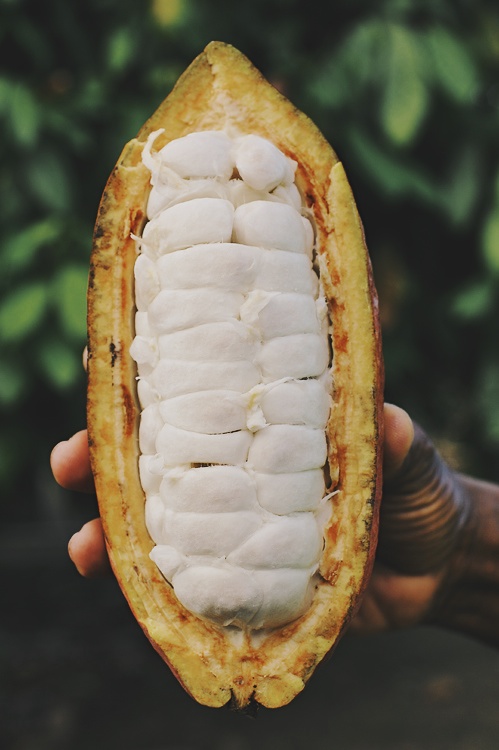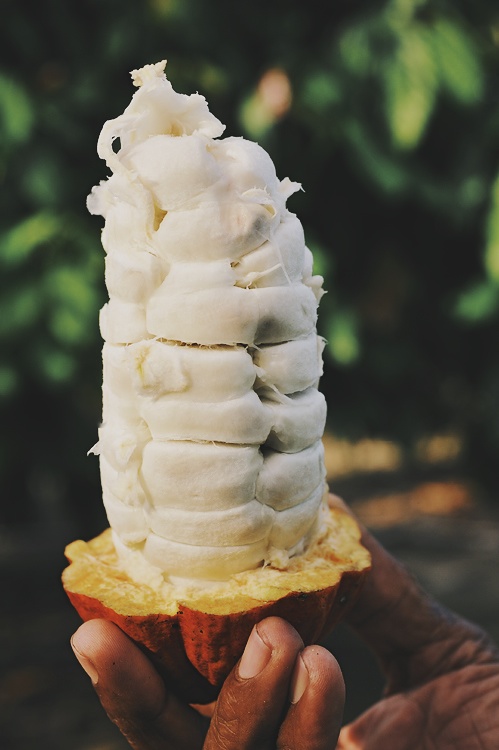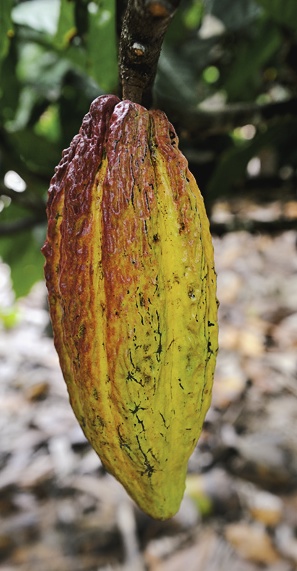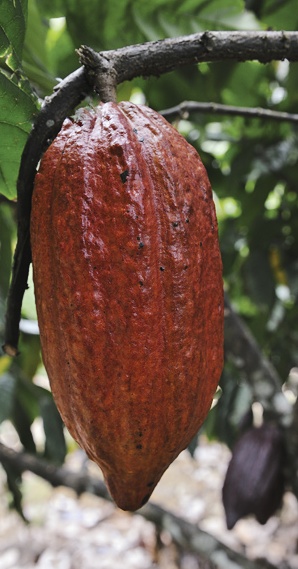Genetics
|
"Cacao” or “cocoa” is the term given to the fermented and dried seed (referred to in the industry as a “bean”) of the important tropical rain forest tree Theobroma Cacao which is native to tropical South America. Worldwide the production of cacao is a 5 to 6 billion dollar export commodity, of which 95% is produced by small holder farmers in tropical developing countries. Preserving the existing plantations is important as the tree often grows as part of a diversified food production system along with many other crops. Such a system aids biodiversity and soil sustainability. Until recently Theobroma Cacao was commonly split into 3 primary varietals – Criollo, Forestero and Trinitario (a cross between Criollo and Forestero). This classification is however fraught with over simplification and it now is clear that the genetic picture is far more complex. The tree itself is promiscuous in its breeding habits and easily hybridizes. The original heirloom genetics (regarded as delivering fine flavour) of Criollo and Trinitario now represent a small fraction of the world’s cacao. In addition to the natural inclination to hybridize, man has accelerated the cross breeding process by a focus on yield, disease and pest resistance with little regard for flavour. |
 Loading... Please wait...
Loading... Please wait...





